Ryan Handt: Finding Your Voice Behind a Lens

These were regular people. It was an LBGTQ campaign and the client wanted it to be authentic. When I jumped in behind the camera, I had to connect with the subjects and create something fast.
 New York's Ryan Handt was one of the first photographers to be featured on NYC Motorcyclist more than two years ago … so his talk at the Motos and Photos : NYC, April 25 at Filipacchi, was in a sense a refresher, a chance to catch up with him on some of the exciting assignments he’s been working on recently.
New York's Ryan Handt was one of the first photographers to be featured on NYC Motorcyclist more than two years ago … so his talk at the Motos and Photos : NYC, April 25 at Filipacchi, was in a sense a refresher, a chance to catch up with him on some of the exciting assignments he’s been working on recently.
There's also two, new 'personal' projects he has in the works, capturing the essence of the local moto community. The first few portraits he's shot were unveiled at Motos and Photos. Read our pre-interview with him below to find out all the details:
1) So, in the past year you've had some high-profile projects … a lifestyle-series shoot with Mercedes, an assignment with Aston Martin and James Bond himself, Daniel Craig … and, locally, documenting the journey of Tarform and its innovative new electric motorcycle. Tell us about these shoots and where the vision came from for some of the incredible images you produced.
M E R C E D E S
I was shadowing a film crew. It was kind of a shit show to be honest. When I won the job, the plan was for me to have an hour per shot (there were seven locations, I believe) between the film crew’s sets. Well, the day came for the shoot and it was a monsoon in the morning, like buckets dropping from the sky. Our daylight for shooting got cut down and I got squeezed. I went from an hour (per) setup (which was super tight to begin with), to 30 minutes, sometimes 15. When I got the news, I had to form a plan of attack. When the film crew was setting up, I would walk around the location and look through the camera, trying to find my angles. When it came time to shoot, I had to jump in super quick. This shoot was a bit different, as it wasn’t professional talent. These were regular people. It was an LBGTQ campaign and the client wanted it to be authentic. When I jumped in behind the camera, I had to connect with the subjects and create something fast. Luckily, they casted well and we meshed. I've even stayed in touch with a few of them. Doing something for a cause bigger than sales is always a treat. It’s always special when you get the chance to do a project with meaning.
A S T O N M A R T I N
This car was a special edition Aston Martin, a 2014 Centenary Edition Vanquish, numbered 007. It was numbered for James Bond and given to Craig after he completed one of the Bond films, with his input for the design. Being a Bond car, I wanted to give it a moody feel, while still being sharp and crisp to shape the lines of the car. Craig is Bond, so getting him into character was easy. Just asked him to be his character and directed him in different positions. He was incredibly generous and game for anything. We had planned for him to be on set for 45 minutes. He actually stayed a little longer than we planned, and we did seven setups I had planned out ahead of time, depending on the desired look the client wanted.
T A R F O R M
I’ve been involved with Tarform since the beginning. The designer, Taras, and I have been working on projects together for years now. I helped him with content for a travel app when we first met. Then I helped him start Craftsman Ave and now, Tarform.
Tarform is a motorcycle for the future ... its vision ... soft and slightly out of focus (not the photos, but the concept). There was a plan to keep it mysterious and moody. We pushed those ideas of sci-fi meets film noir, in color. The goal was to make people want more. Don’t show so much that they know. Show them enough that they’re intrigued. We’ve been shooting for two years or so. There’s a lot of different content in there, from documentation of the process, to detailed parts photography, to the commercial images. Every variation has had a concept behind it on what we wanted to portray.
2) I remember a conversation we had a while back while covering an event that you had become disillusioned with the industry … in particular, the lack of respect from some clients for quality imagery … do you see that situation turning around?
It’s tough to say. Maybe I was a bit harsh in that statement. But I guess seeing the same content over and over bored me with how things were being done. I wanted to create new ways of seeing and I didn’t see an outlet for it. With the change in how the photo industry has evolved, you can see a microcosm of it in the motorcycle world. If you look at it as a parallel to the skateboard industry of the early '90s, there were a ton a small skateboard related companies (boards, wheels, clothing, etc.), which are akin to the custom builders, small apparel and accessory companies, etc. It took some time, but some of those small brands became staples, became successful and have more money to spend, like Roland Sands is now. More will follow that path and get on steady ground and more money will come into the industry. Hopefully with their rise, the quality and funding will rise as well, leading to a renaissance for the motorcycle community.
Skateboarding | Belstaff | Moto events | Getting creative with flat track racing — Ryan Handt
As for photographing skating vs motorcycles, you have similar personalities, a form of action, a rebellious tendency and a willingness to injure oneself. So the characters play similarly -- the lifestyle/portraits -- but the actual motorcycles are more like shooting architecture and jewelry mashed together.
3) You started out as a skateboard photographer and studied at Otis College of Art and Design and the School of Visual Arts … how did each influence how you shoot motorcycles? How did those two loves come together?
Like motorcycles, skateboarding is a niche subculture … it was frowned upon at times in its history. Skateboarding was my outlet from the life I didn’t want. It was the family I chose (sometimes poorly), my escape from normalcy. Growing up a middle child, I was already invisible, in my mind. Skateboarding was a way for me to lash out against the norm, from my own obscurity. Motorcycles were kind of the same thing for me. I got older, still skated, but wanted something else to go along with it. I had ridden BMX bikes, dirt bikes and mopeds when I was a teenage, but never stuck with them. This time, I was more drawn to them as artwork. I got into bikes a bit late in life. It was 2009, I think. I was maybe 27ish. Long story short, I was supposed to move to Paris for a girl. Instead I bought a motorcycle, and it gives me the same feeling of solitude, of meditation, of freedom, that skateboarding gave me for the past 25 years. As for photographing skating vs motorcycles, you have similar personalities, a form of action, a rebellious tendency and a willingness to injure oneself. So the characters play similarly -- the lifestyle/portraits -- but the actual motorcycles are more like shooting architecture and jewelry mashed together.
As for SVA and Otis, they gave me the skills to both conceptualize an idea and to technically deliver it. I won’t say college is a must for a photographer. There are plenty that are successful without it. But at the time, I couldn’t imagine another route. Now I can see it differently. If you can, latch on with a photographer who you admire … assist, intern, get mentored, do anything to learn from that person. Work with someone whose work you appreciate, but also, someone you like as a person. You’ll learn more from them. In school, I think the artistic side is more developed. I wouldn’t think about photography the way I do without the teachers that pushed me to think differently, to deep dive a subject, to look inward for what was important for me to say. I remember when I was at SVA, I was struggling with my voice in photography and doing a lot of narrative, meaningless imagery, with self portraiture. My seminar teacher (3rd year) told me to stop taking pictures of people, including myself, for a month. Find another way to express you thoughts. At first, I didn’t know what to say, so I’d wander the city at night, being an insomniac, and photograph the city. It felt hollow and pointless. I eventually started photographing my apartment and the play of light that happened at night when most were asleep. It became a hugely important series for me at the time, letting me see what my voice was. That’s what school was for, helping you find your voice.
4) What is your current ride and how is your project bike coming … a 1991 Suzuki DR650 I believe?
Ha ha ha - next question. That thing will be done someday. It truly just needs some cleaning up and for me to finally finish the seat, which has become a neverending saga. But the daily rider is still my 1981 BMW R100CS. It’s in need of some loving, but it’s still chugging along.
5) You’ve described yourself and an “Artist and Capturer of Light.” Do you have a preference when shooting ie: natural light vs staged lighting? What determines which you choose to employ?
I don’t have a preference. The situation calls for the type of light, and there can be many numbers of things leading to that decision, like transportation (bike vs car), on a whim or planned shoots, location, desired outcome. I try to think in light all the time and see what it’s doing. If a situation calls for that light to be altered, and I have the means to do it, I’ll do it.
Staged vs natural lighting: Yamaha HL500, NYC Norton, 1975 Ducati Scrambler 450 — Ryan Handt
I try to think in light all the time and see what it’s doing. If a situation calls for that light to be altered, and I have the means to do it, I’ll do it.
6) You’ve shot the digital equivalent of 35 mm and large format … how do you decide which is appropriate for a shoot? How about Black and White vs Color?
I’m not sure to be honest. For paid work, it’s going to be 99 per cent digital. 35mm vs medium/large format digital comes down to needs. If you’re shooting something with immense fine detail and it needs the functionality of being printed massive or zoomed in on massively, digitally, digital medium is worthwhile. If you’re posting to Instagram, you don’t need it. For film, it’s just a feel. For me 35mm film is for documenting. It’s my run and gun film of choice, loaded into my grandfather’s Olympus OM-10, or my Leica CL, both hand me downs. If it’s portrait work, it would most likely be my Mamiya RZ67. My large format seems to live in the bottom of my camera cabinet. Some day, I’d love to shoot some bikes with it, or portraiture. But it’s a total pain in the ass, especially with the lack of Polaroid available these days. B & W vs color - same. It’s all a feel. Does this light look better without color? Do the colors add something to the image? All things to consider.
7) In terms of clients, do you prefer commercial shoots or editorial shoots for magazines? Which offer you more freedom as an artist?
I feel like this is a trick question. Commercial shoots tend to bring in more cash, which can be used to create shoots that allow for more artistic freedom, which you can turn and offer to a magazine, which leads to more commercial work ... so on and so forth. With photography as one’s main income, it can be hard to separate one from the other. But the most enjoyable shoots are when you are shooting for yourself, creating what you want to create. Commercial work tends to be more of a team project, which can be enjoyable if it’s with the right team. For example, I love the Aston and Mercedes images. I think they worked out great, but that’s because of the team I worked with: the creative direction and all, were great. The Aston shoot, I had way more freedom though.
8) Speaking of photography as an industry, what do you see as the most positive change/ development over the past few years? Do you see any negatives in the advances in tech in the way they affect how you perform as an artist?
I think this is another trick question … The advancements in digital photography have changed the landscape of my career. Yes, digital makes my life way easier in terms of production, and the cameras allow for me to shoot video and create another form of visual language I enjoy. On the negative side, everyone who can afford a DSLR is now a photographer with a website/ blog/Instagram page, and they are willing to work for pennies, which drives the rates of other photographers down, causing a cascade of price falls that benefit the clients and hurt the photographers. Seeing rates for work be less than they were 10 to 15 years ago is terrible. With the cost of living going up and general inflation, making less per job than I did when I got out of college is a bad sign for the industry. I’m not going anywhere though, so hopefully there’s a market correction coming soon, and everyone wants to be a baker or something.
Keino Sasaki Indian Scout build images for Hot Bike Magazine — Ryan Handt
When I photographed (Keino), I wanted to convey that mystery, that stoicism that he carries about him. Shooting for a motorcycle magazine, that might not be what they’re looking for, so I have shoot a bit more color. But the images I prefer are usually the ones that have a bit of that mystery to them.
9) You’ve done a number of features on local builders … Keino Cycles immediately comes to mind … tell us a bit about that shoot and what you wanted to convey in the images, being a personal friend of his.
Before I knew Keino, he was an idea in a sense. Keino is quiet and reserved, it’s part of his culture, being from Japan. He was someone who intrigued me as a builder, but also as a character. He was different from everyone else. It’s hard to explain, but I wanted to know how he worked, in his mind. When I photographed him (it’s been on a few occasions now), I wanted to convey that mystery, that stoicism that he carries about him. Shooting for a motorcycle magazine, that might not be what they’re looking for, so I have shoot a bit more color. But the images I prefer are usually the ones that have a bit of that mystery to them.
10) You are now currently working on two personal portrait projects … 'New York Motorcycles' and 'Faces of: Motorcycle' … tell us about them, their premise, and what you are looking to capture in each series.
New York Motorcycles is a series about those behind what connects us. On a conceptual plane, it’s about the binding of our community. These people that make our machines breath. I want to put them in a place of recognition and reverence. On a technical side, I wanted to elevate these people by creating a more commercial looking photograph, with depth and detail. I’ve grown tired of seeing the same thing over and over, the super-duper shallow depth of field, the inarticulate use of light. I’m guilty of it myself. This project gives the opportunity to create something different and speak about a topic important to me. I’m just getting started and only have two portraits so far, but there are more planned. These won’t be gracing the pages of Instagram or the internet or a magazine anytime soon. In July, they’re be on display at Fuel Cleveland.
These Faces Of: Motorcycle — Ryan Handt
These Faces of: Motorcycle is a series I’ve been thinking about for months. I’ve been doing lighting test after lighting test, trying to figure out how I want these photos to look.
I’ve finally settled on something and now I have to stick with it. This series is literally what it’s named. It’s about faces. I want to collect portraits. I want to create a catalogue of people, portraits of faces, and these are of people who ride motorcycles. Every subculture is pigeonholed into what people expect them to look like, what they are supposed to be. I want to boil it down, show these faces and the diversity that exists in this community of people.
We are all different, from the artists, to the jocks, to the business people, to the whatever you are. There’s a reason for the “:” in the title though. This is first collection. I plan to do more in the future, maybe the deeper subculture of motorcycles, maybe subculture that has absolutely nothing to do with motorcycles. I just find this desire to collect faces and show the diversity in all parts of life. We are not that one thing. We are many.
If you'd like to participate in Handt's 'These Faces of: Motorcycle project, please email him at: faces@ryanhandt.com, and include the following info:
Subject: Faces - [full name]
In the body of your email:
- General days that work for you (days of the week, weekend, day, evening)
- Contact info: phone number, Instagram handle (if applicable)
- T-shirt size
- Type of Bike Your Ride

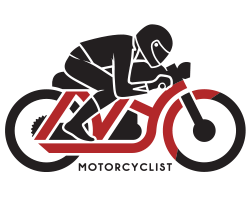

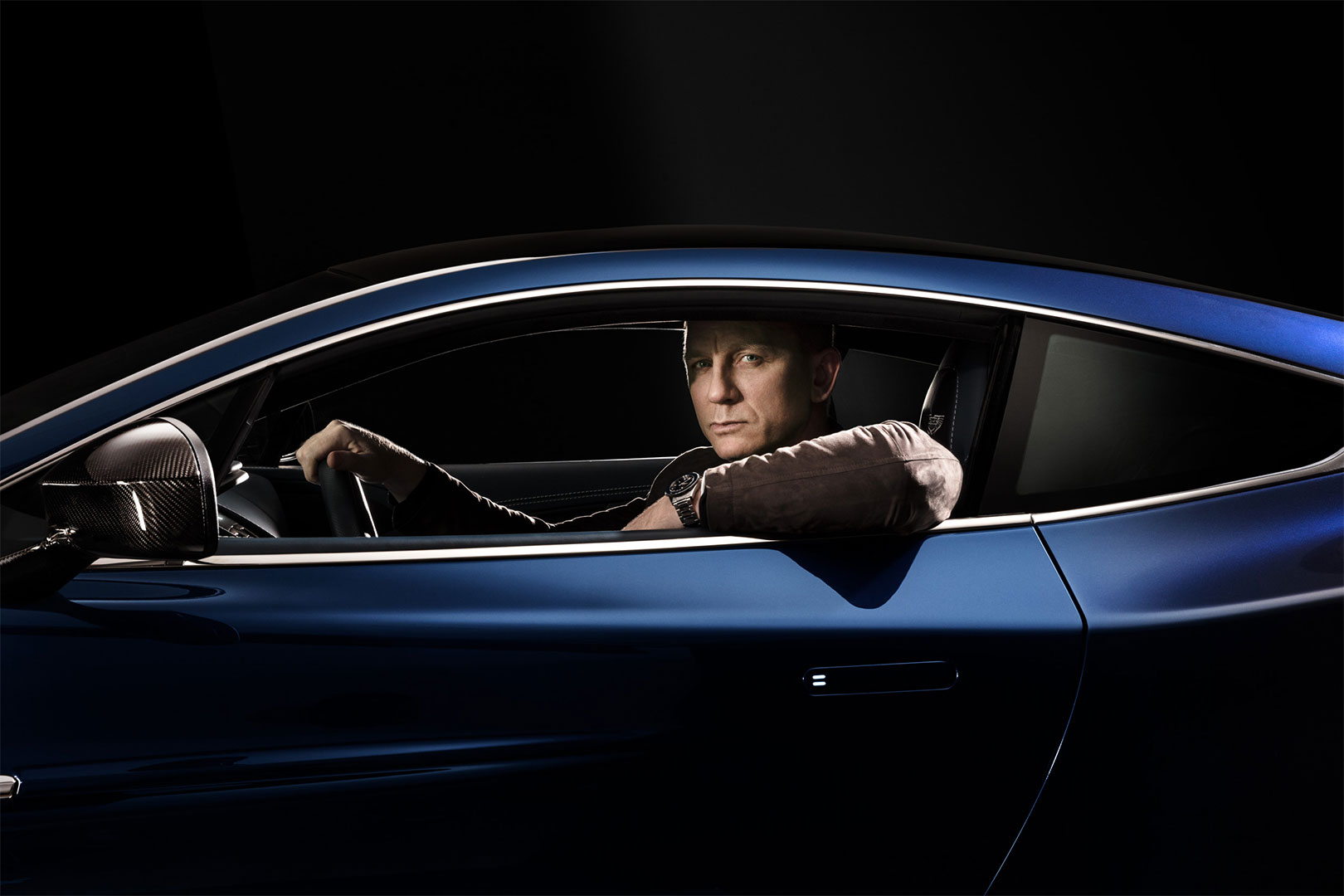
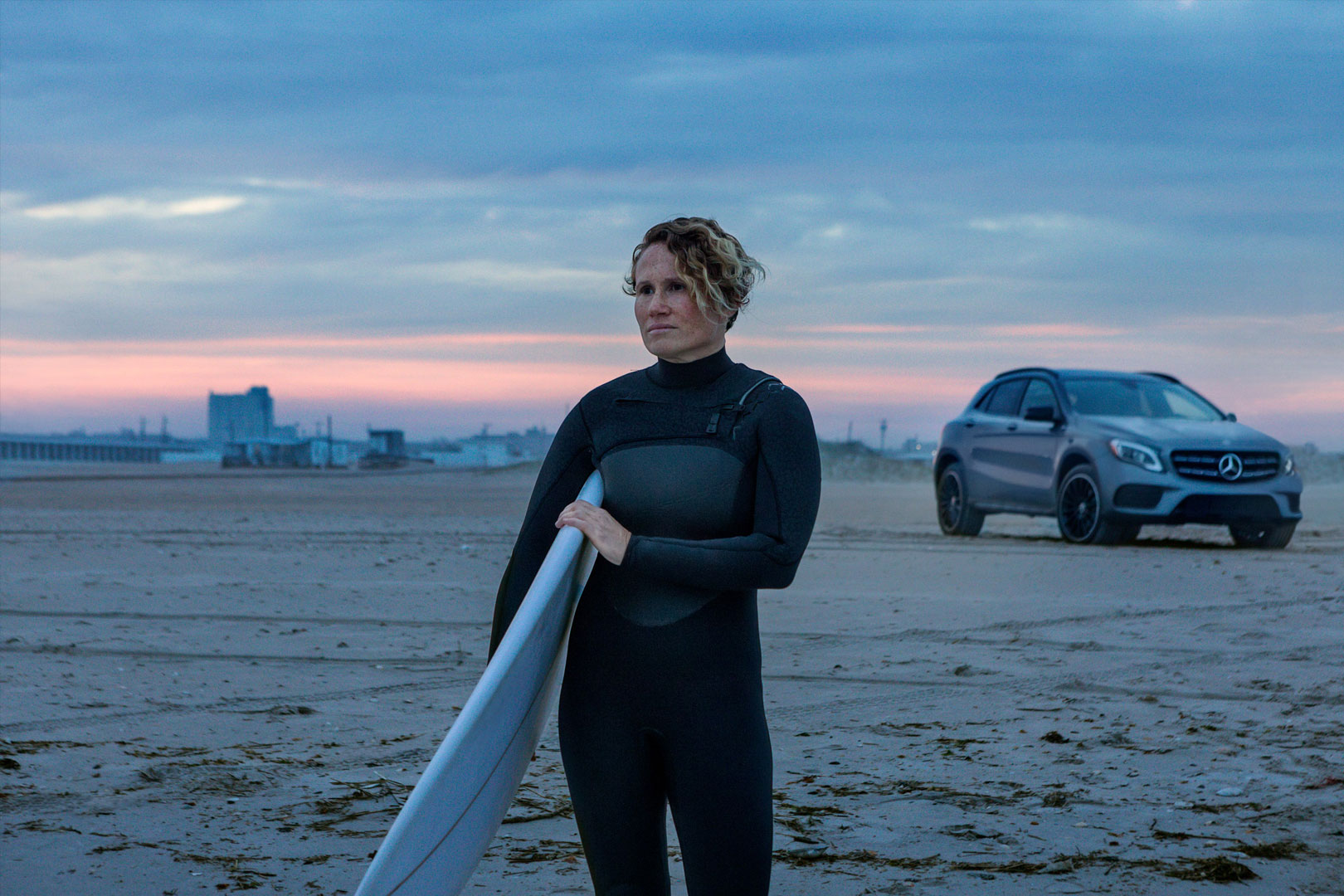
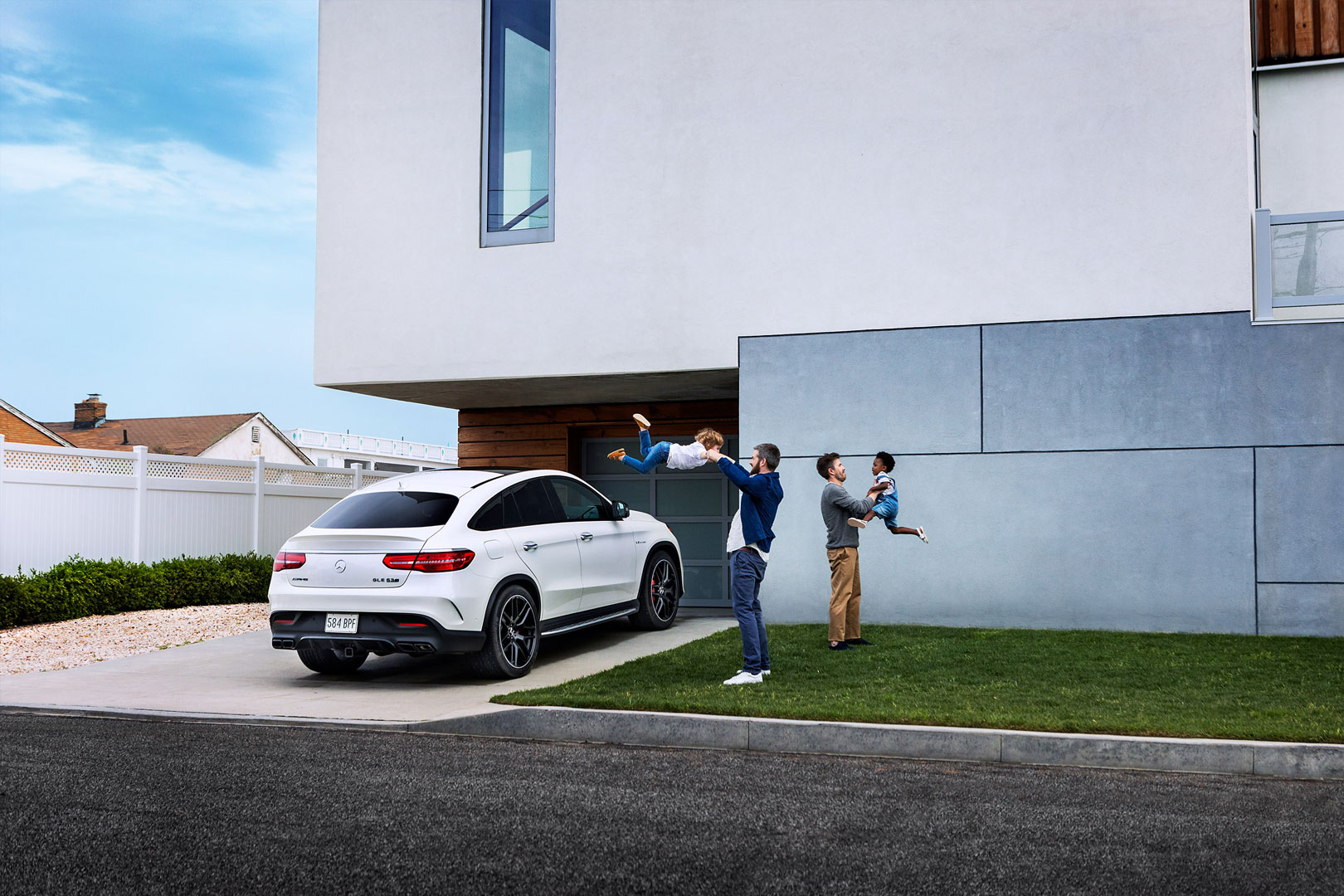
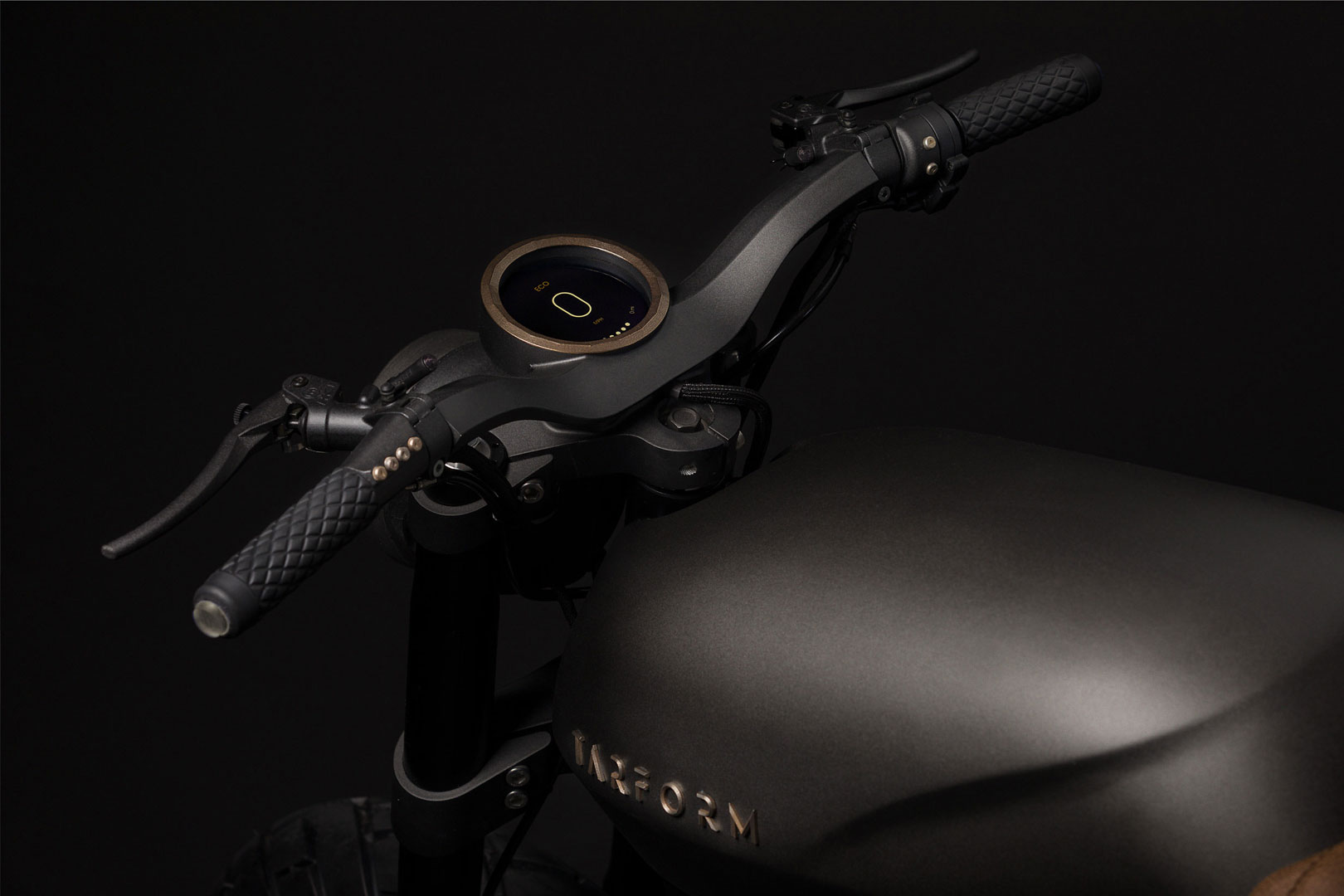
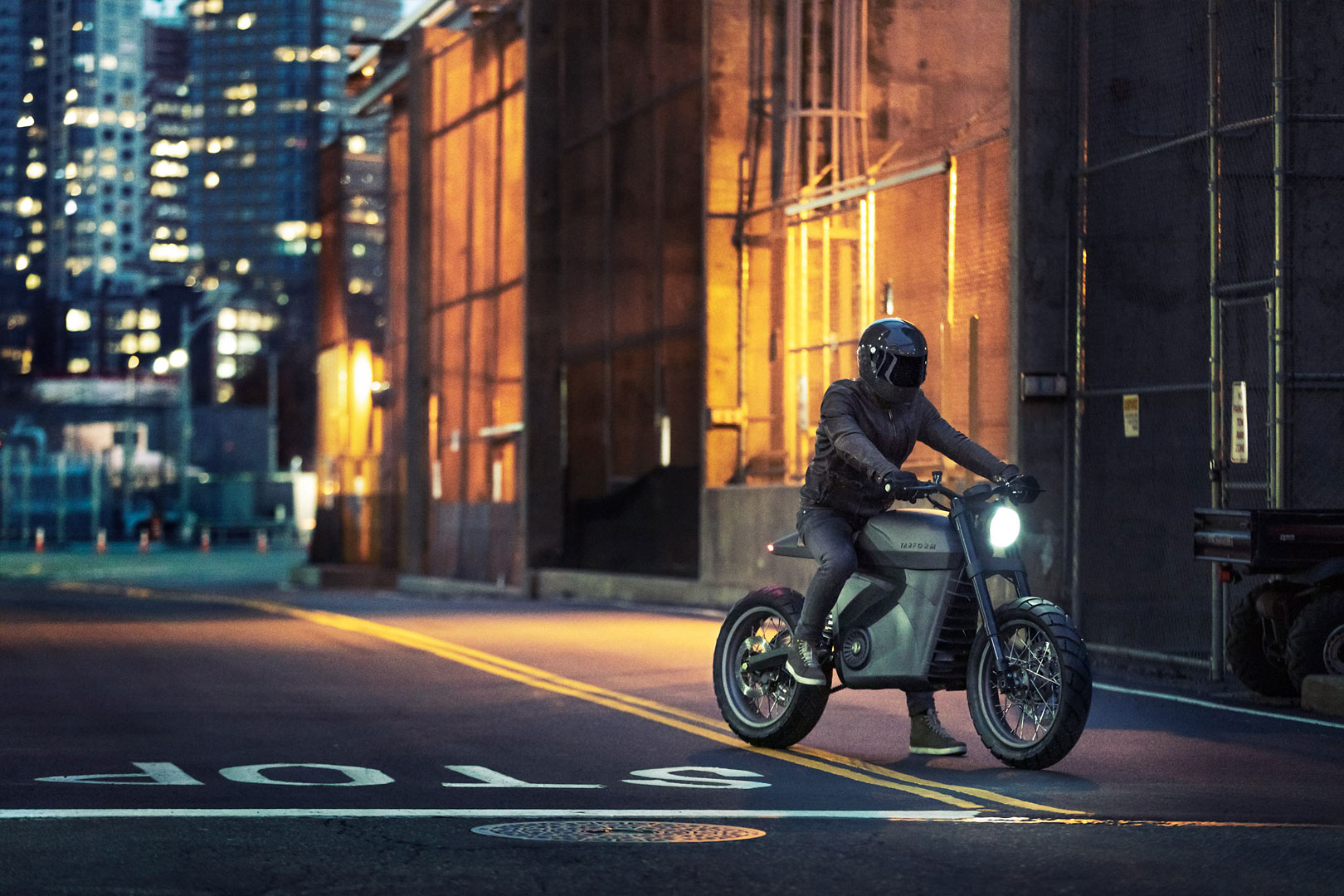
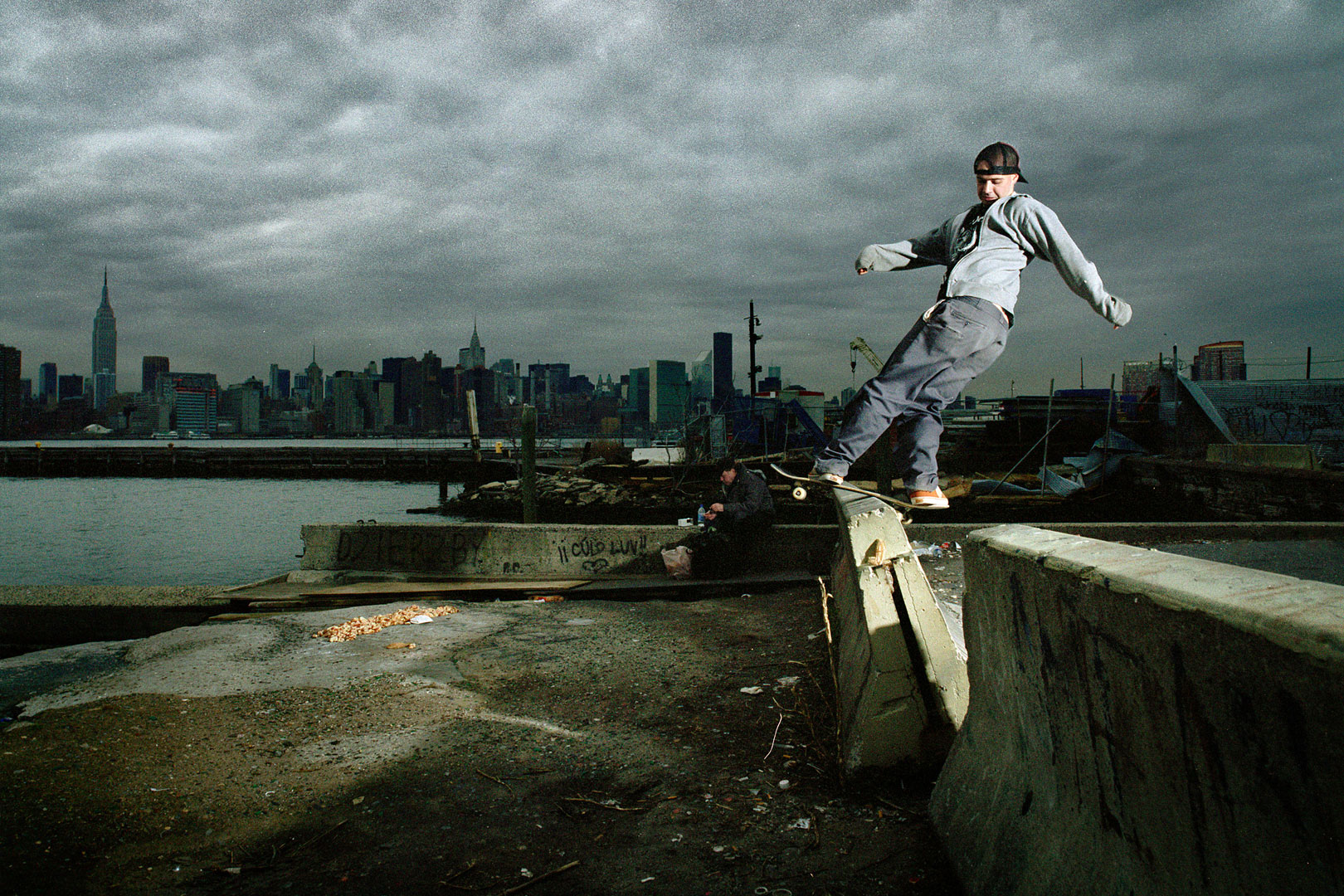
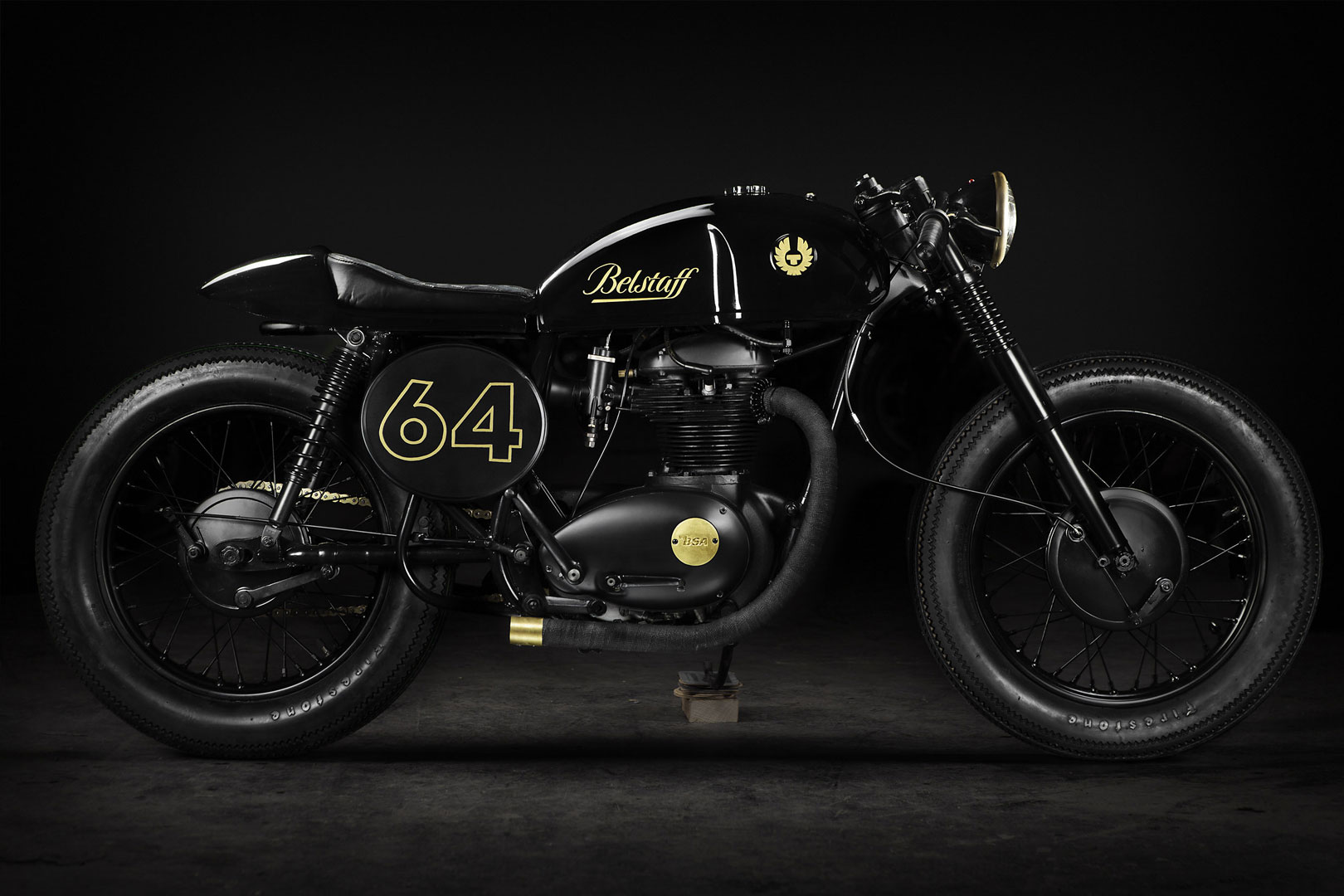
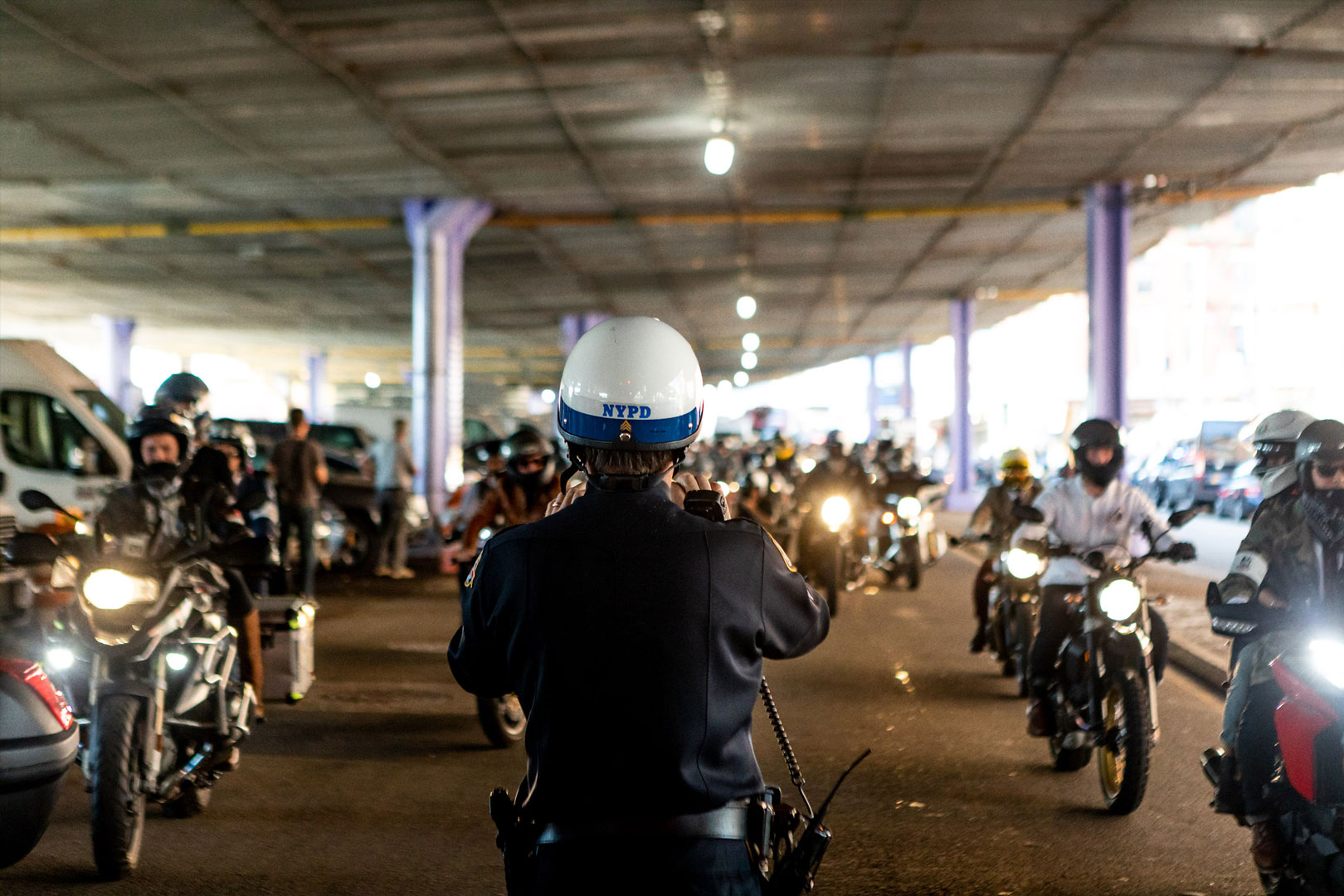
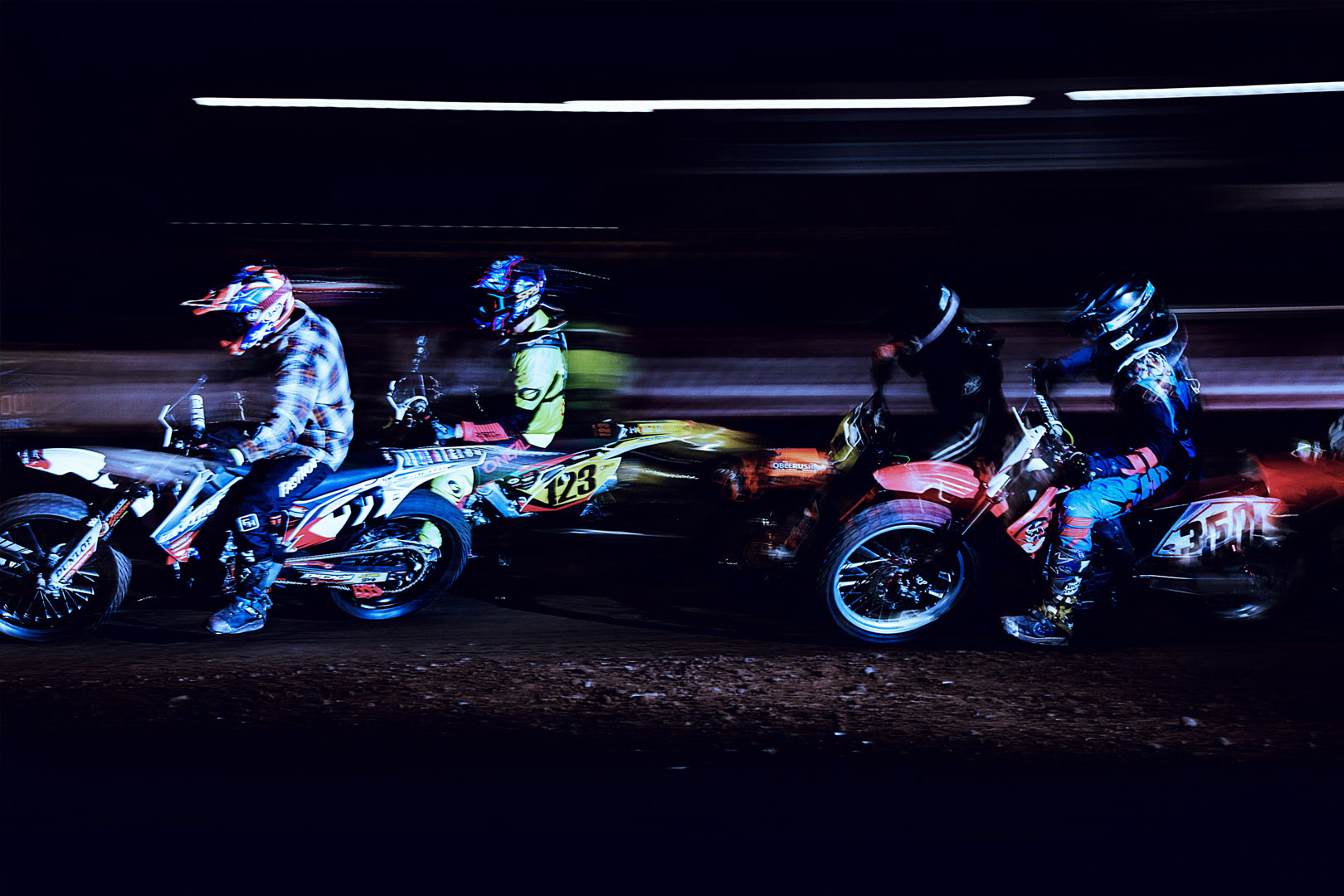
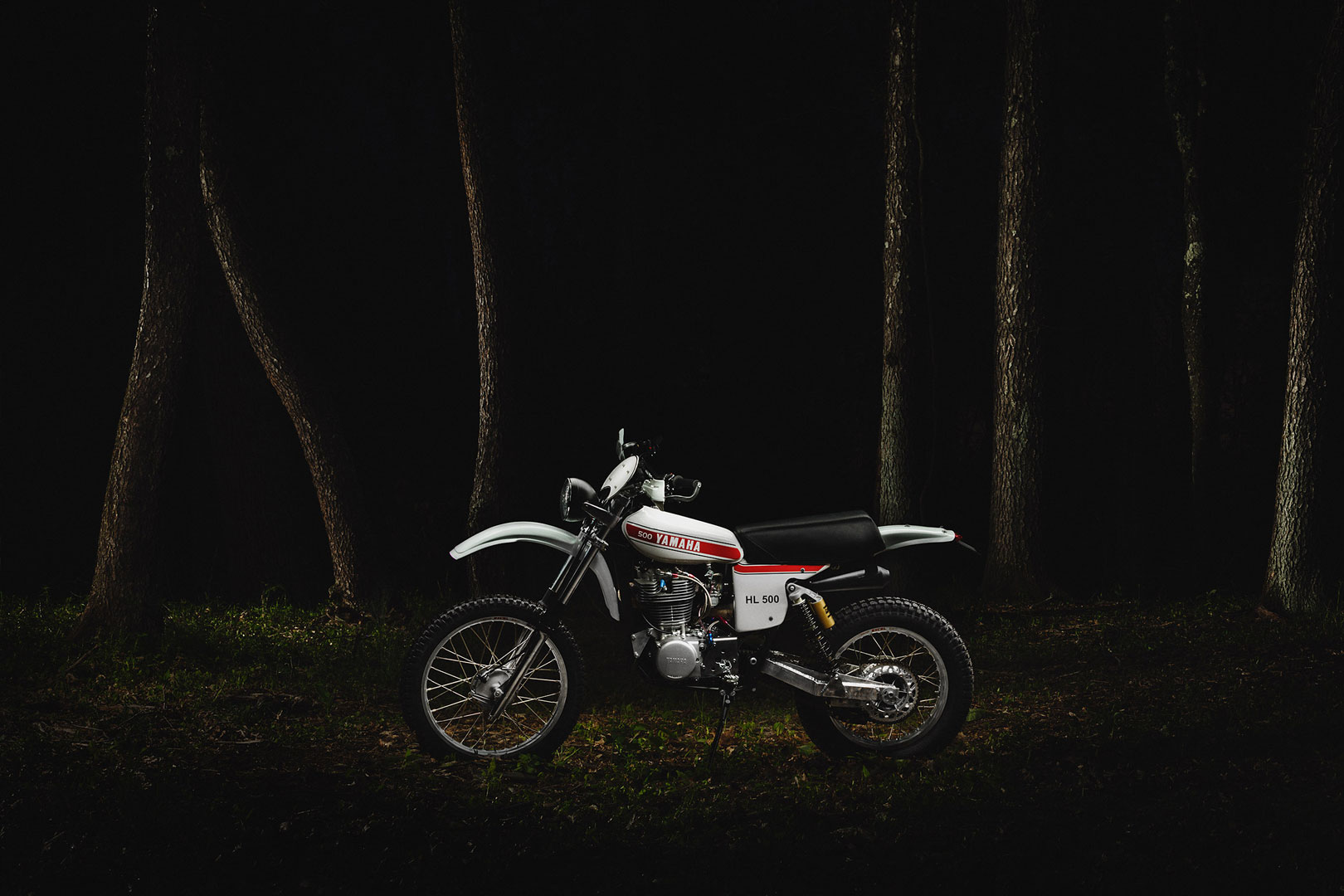
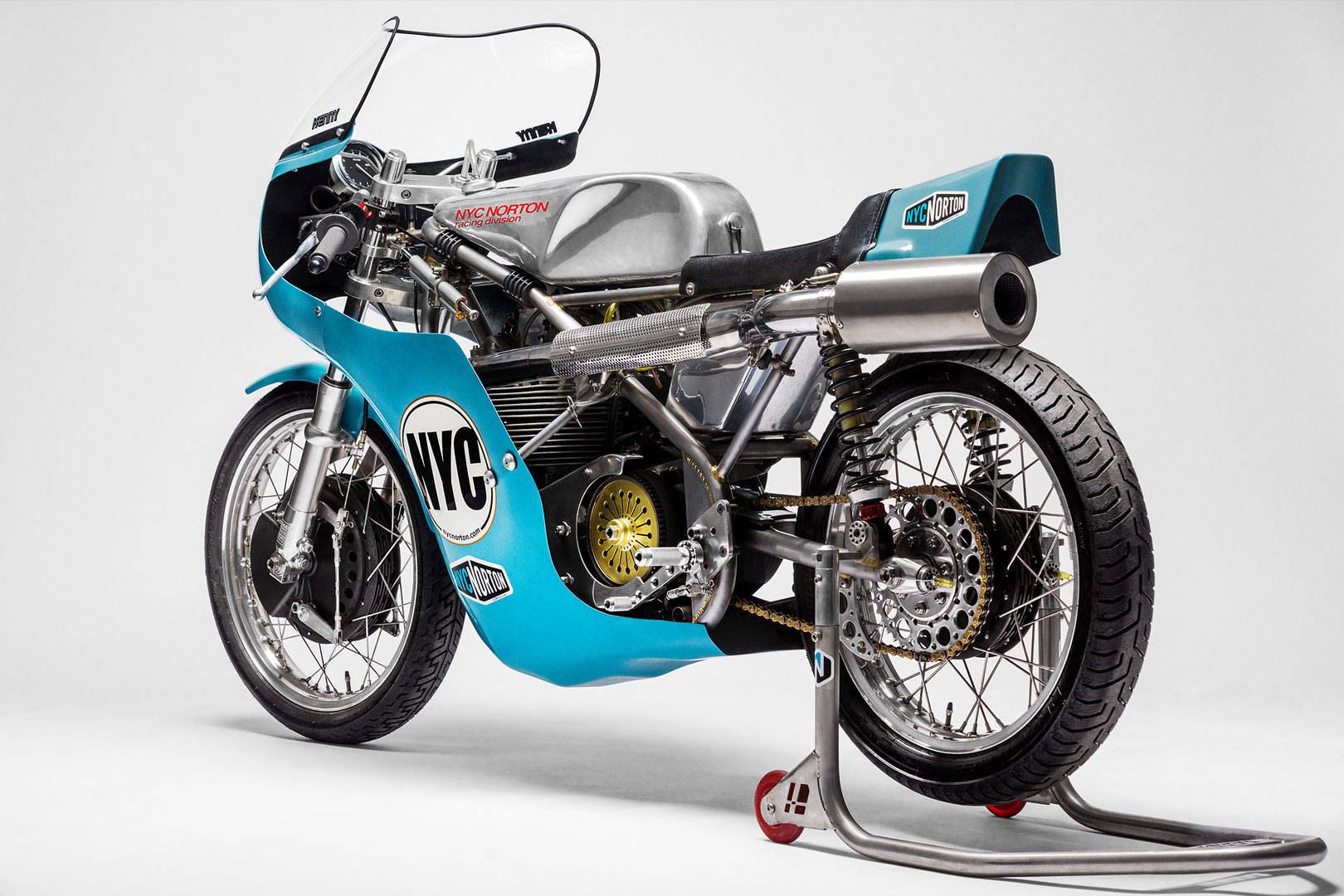
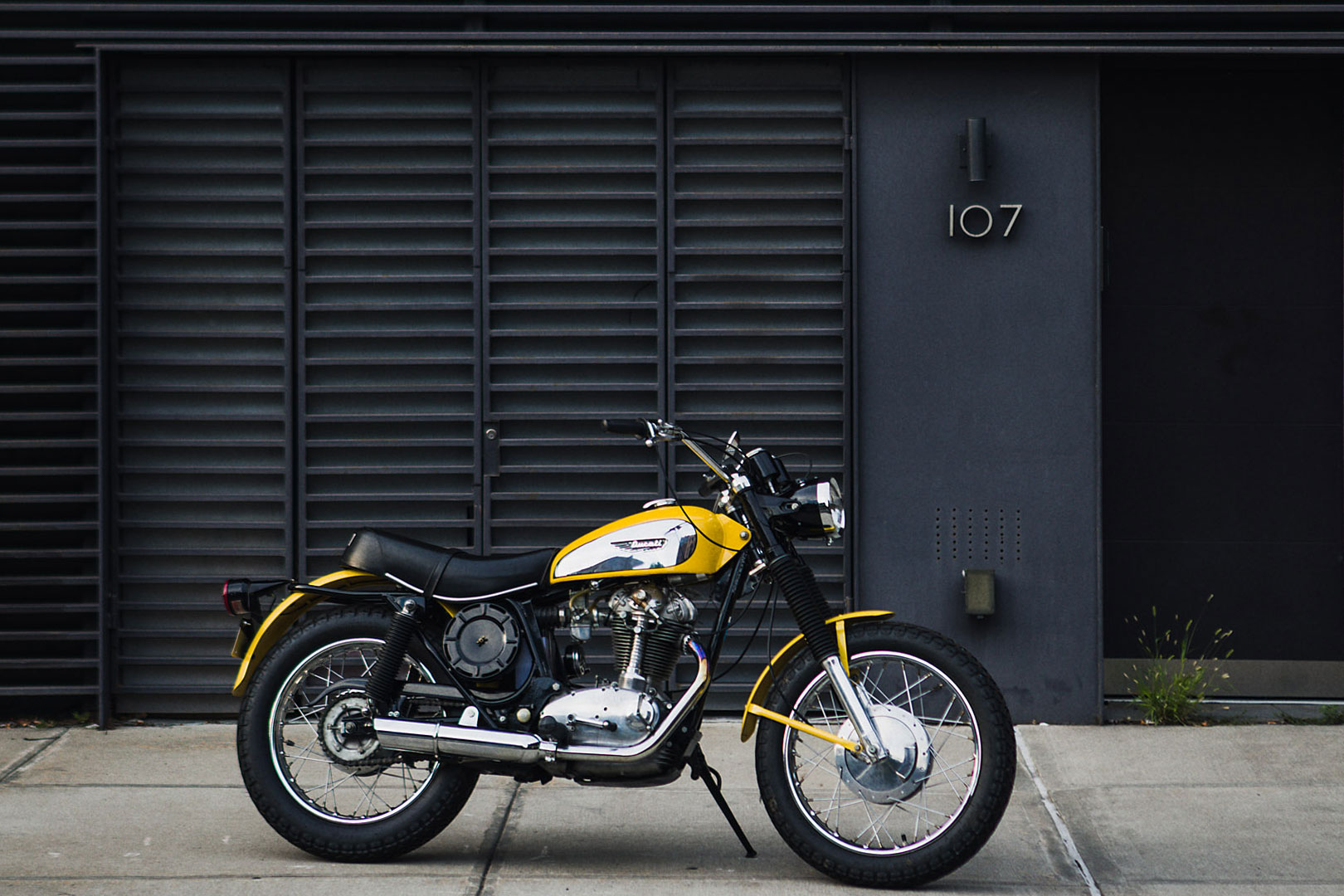
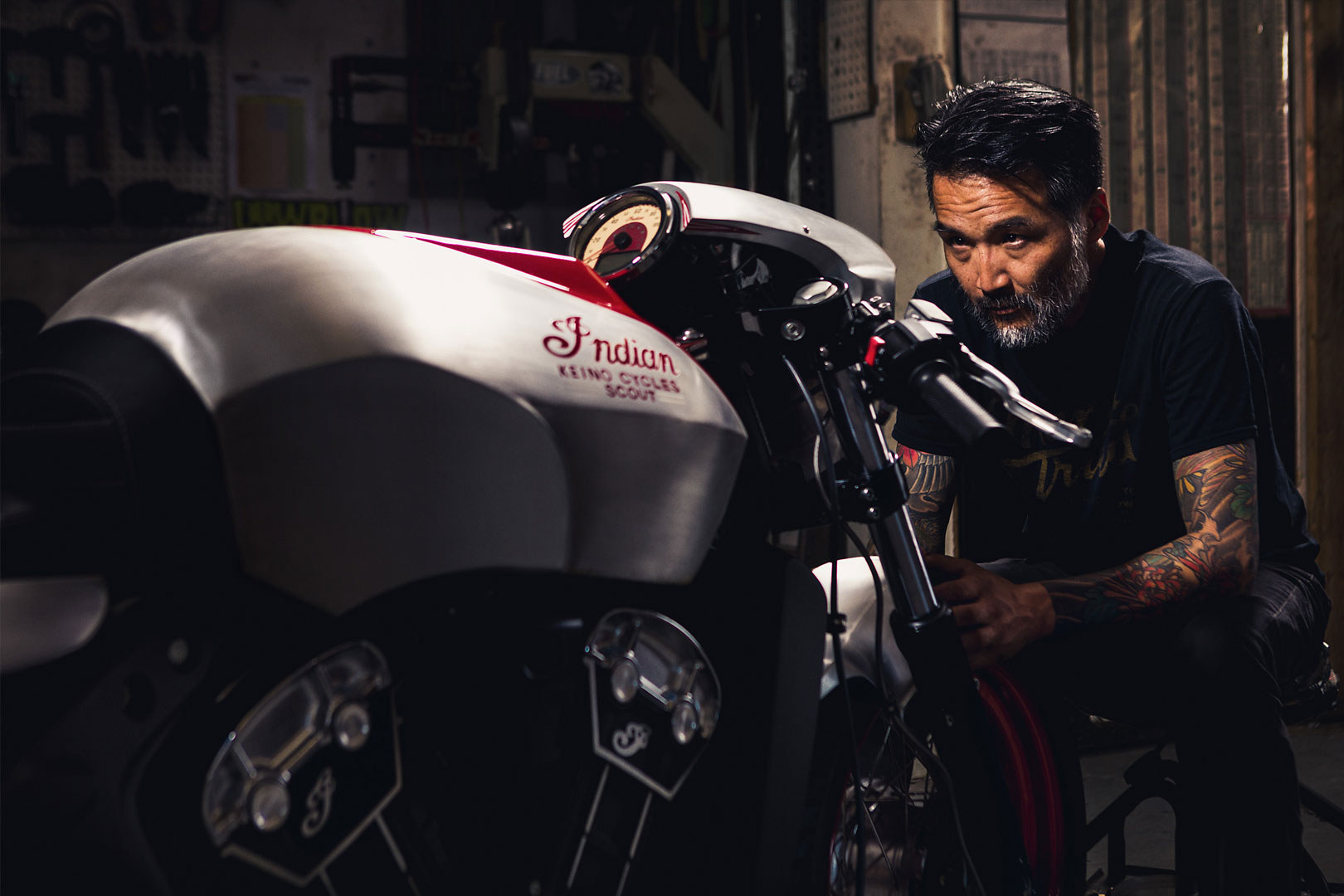
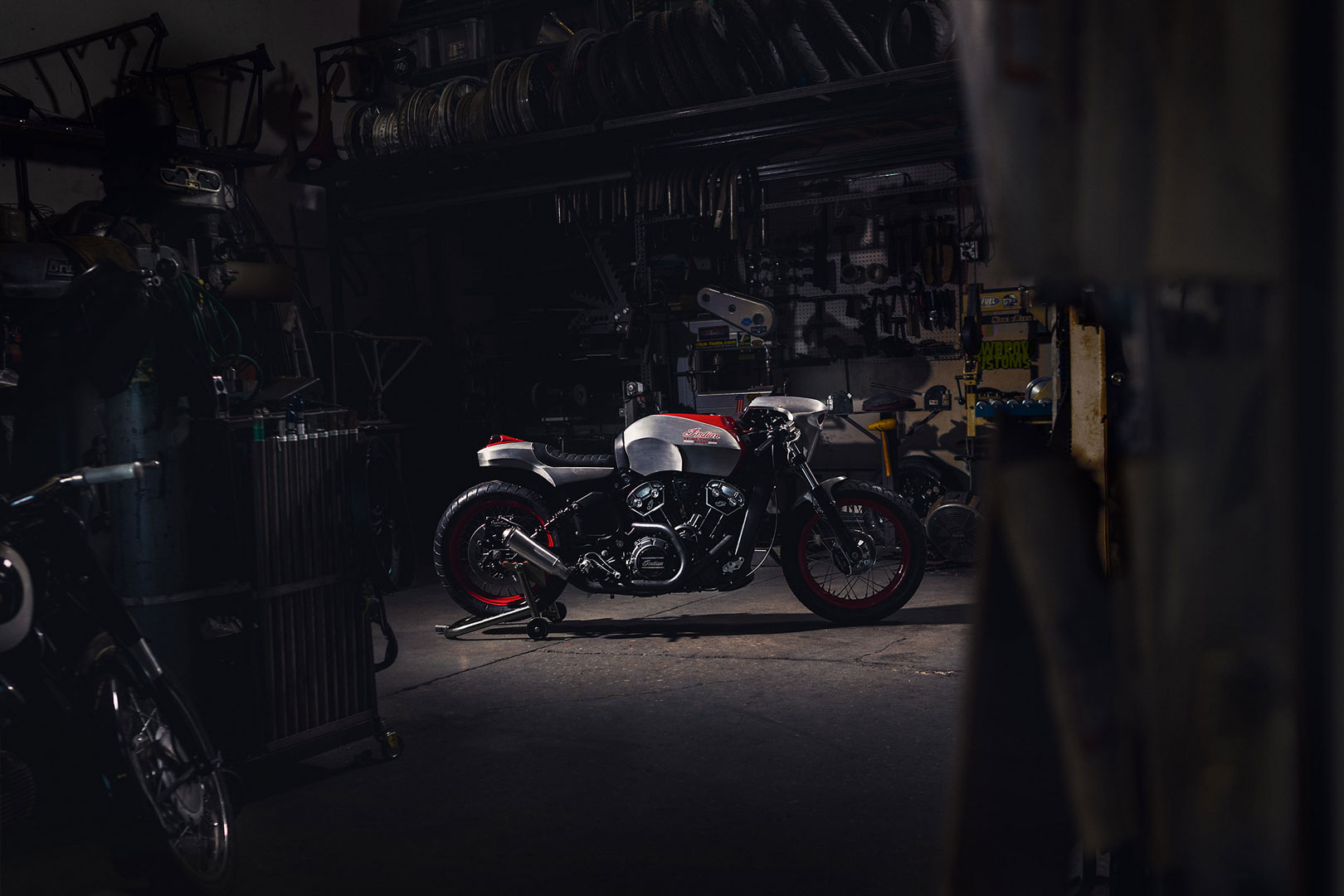
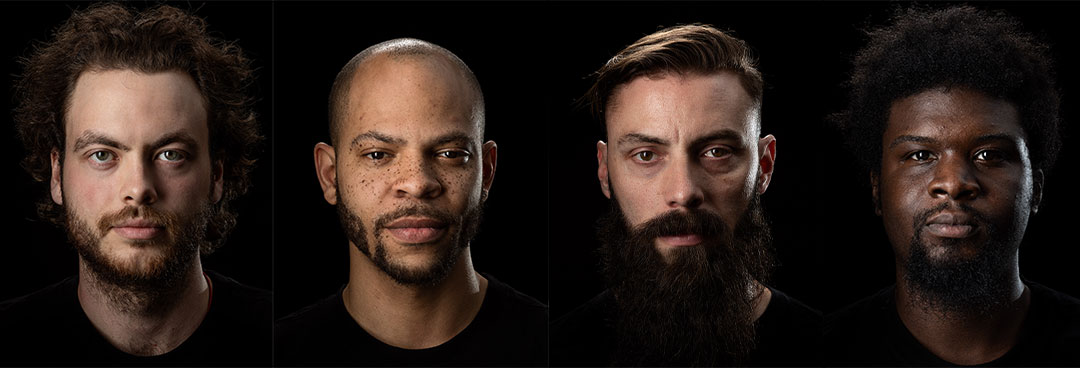


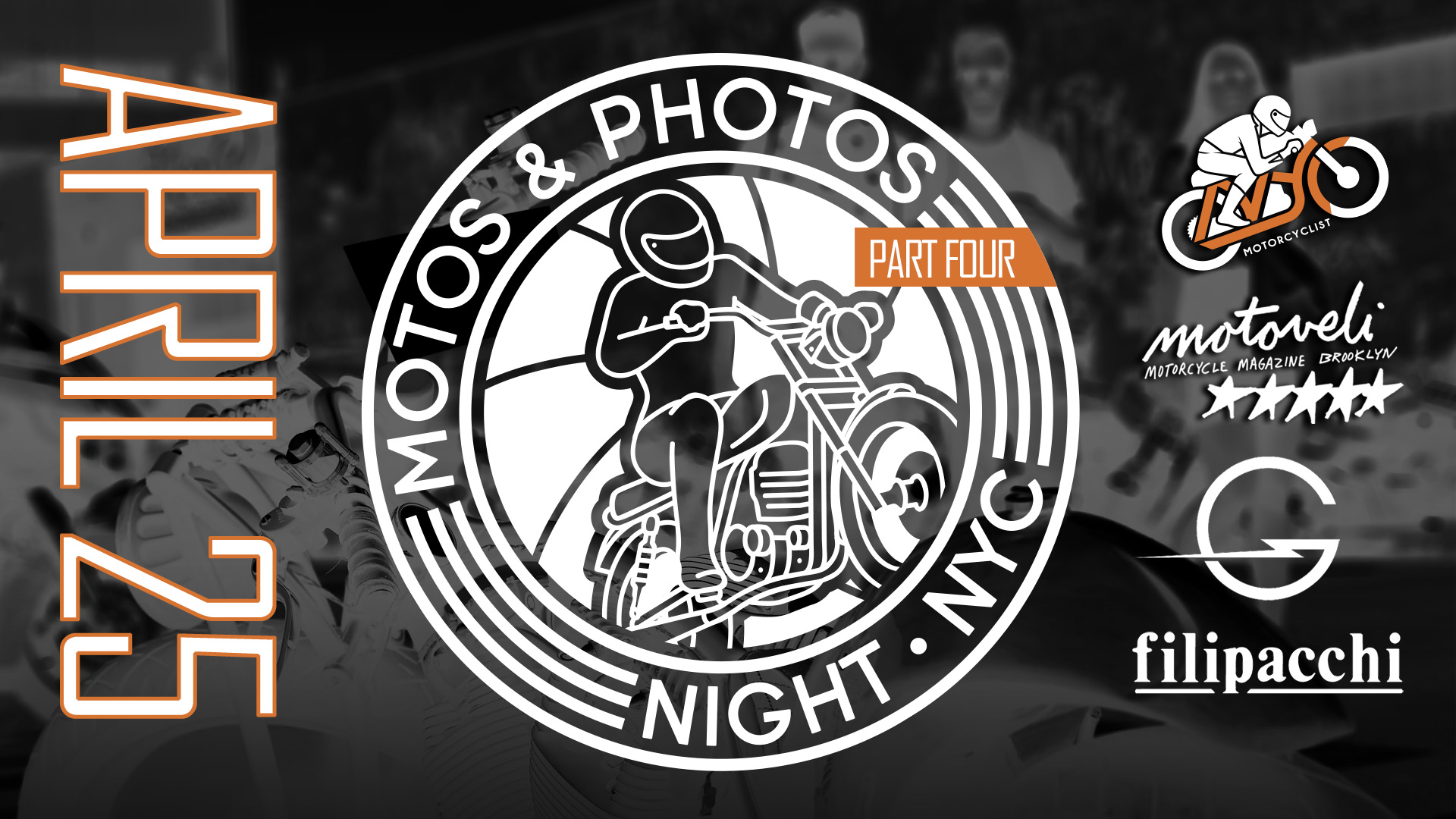
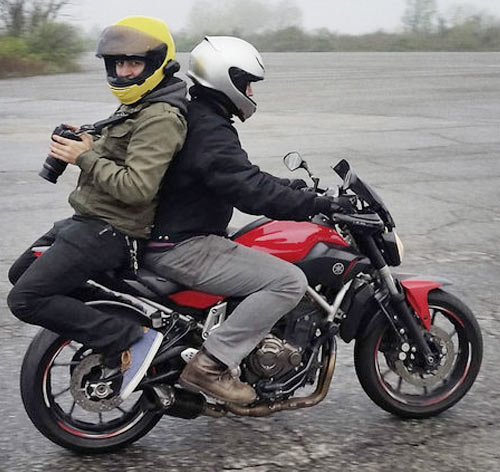
Leave a Comment